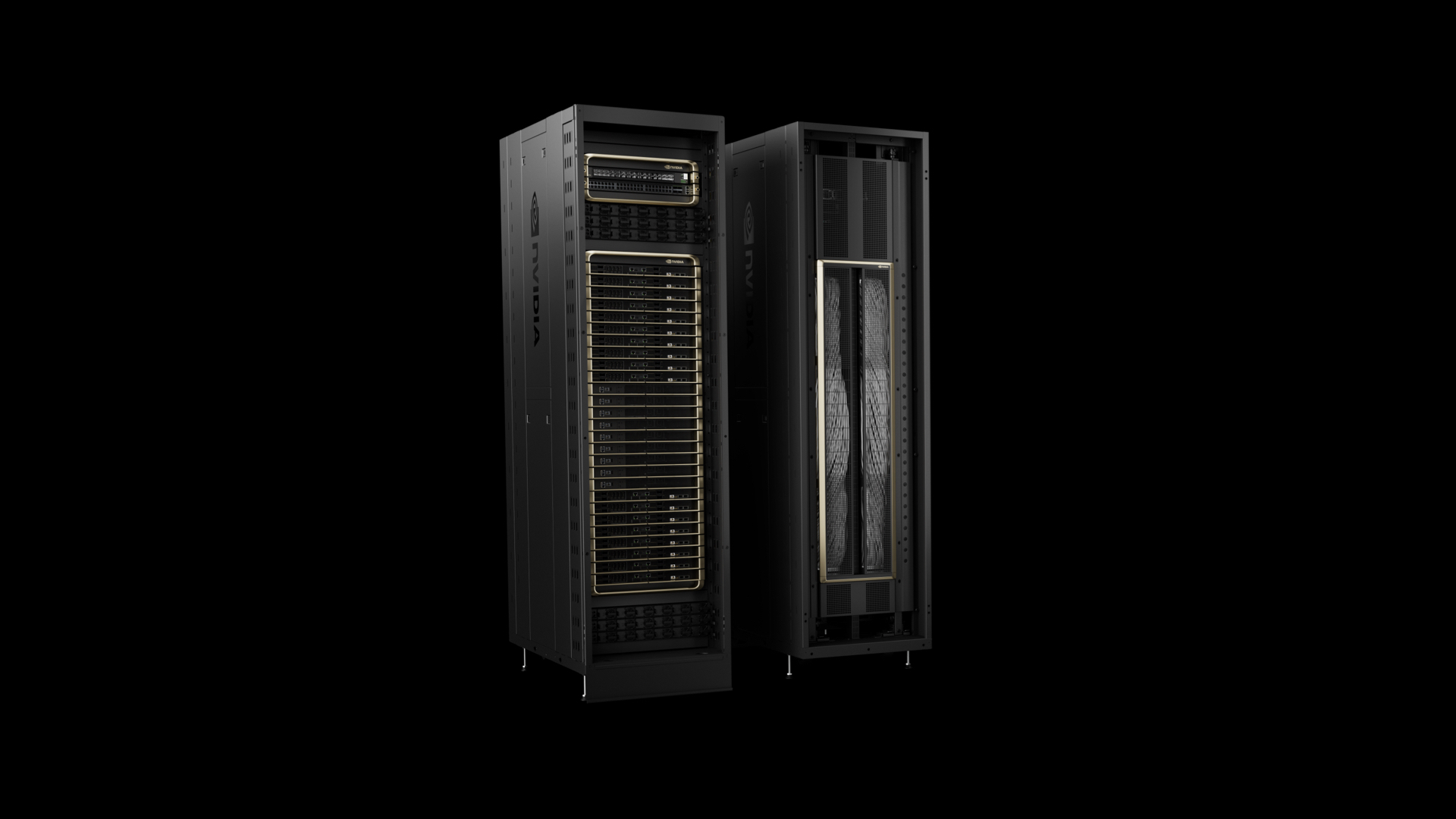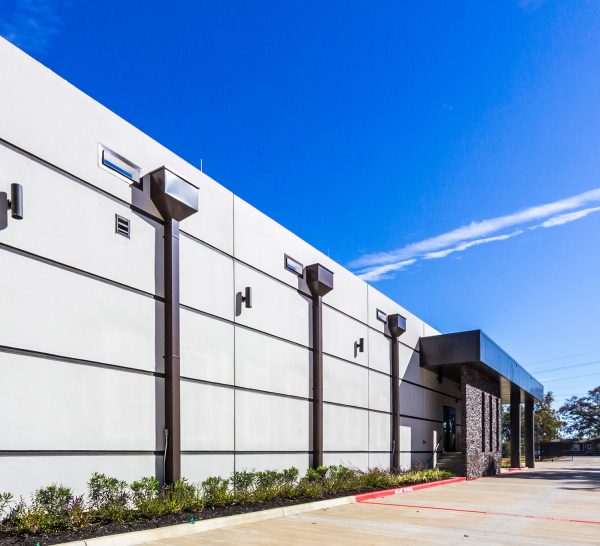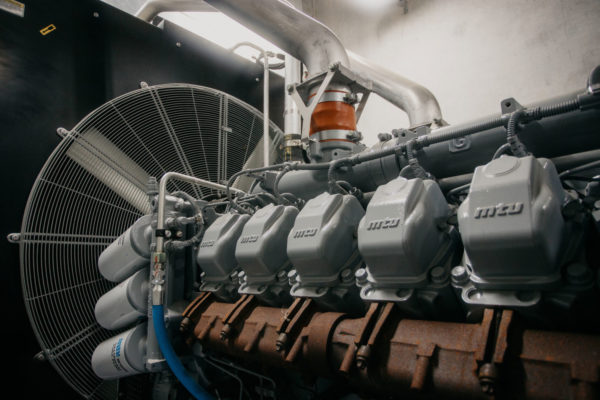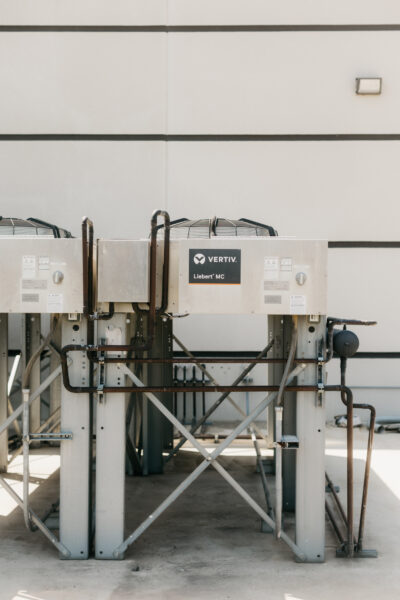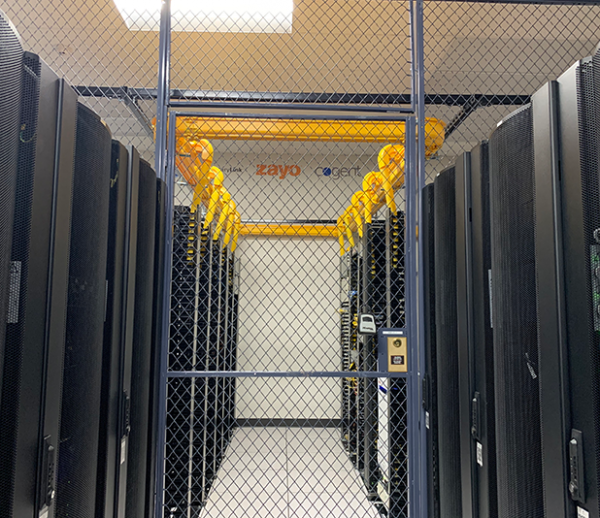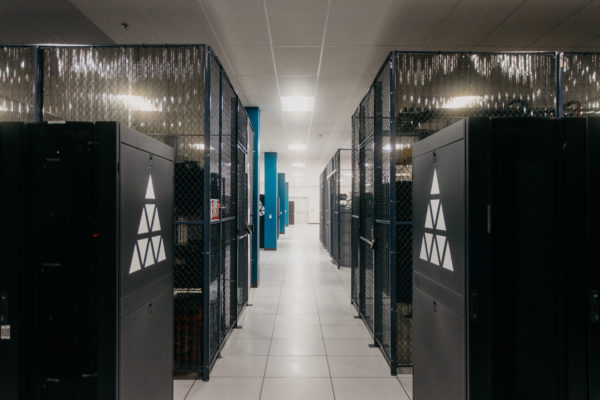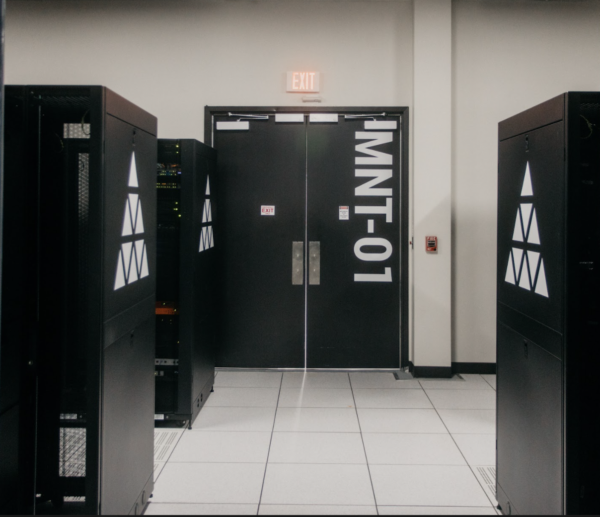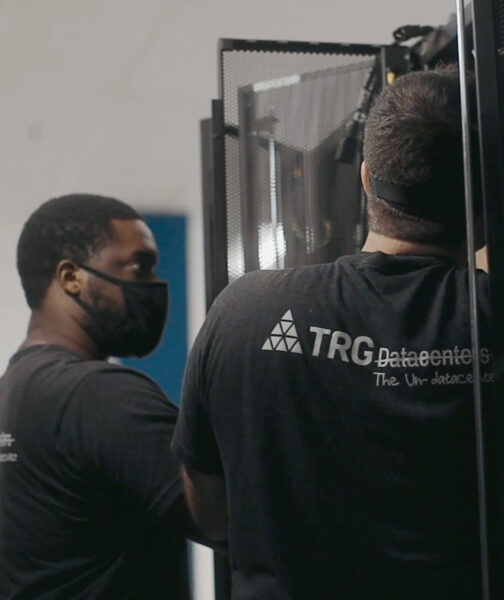One thing we all know about AI is that AI has been making for quite some time now and there’s no chance of it stopping anytime soon. And do you know what this new wave is powered by? The NVIDIA Blackwell GPU. It has 208 billion transistors on TSMC’s 4NP process. It stands as a true game changer. It supports advanced deep learning tasks, real-time data analysis, and next-level accelerated computing. This transformative technology has found a natural ally in GPU colocation services.
Its unique hardware design ensures efficiency and energy conservation at scale. GPU colocation makes this technology more accessible. It removes big upfront costs and ensures better scalability for businesses of any size. This approach addresses major concerns around cost, space, and power.
Blackwell outperforms previous generations like NVIDIA H200. It pushes AI-driven applications to new frontiers. This performance sets the standard for modern data pipelines and complex computations. It raises the bar for everything from large-scale neural networks to intricate data analytics. Blackwell stands as the future of AI. Ready to learn more?
The Blackwell Architecture
The NVIDIA Blackwell GPU, named after the renowned mathematician David Blackwell, carries forward NVIDIA’s tradition of groundbreaking architectures. It builds on the legacy of the NVIDIA H200, introducing innovations that set a new benchmark for GPU performance and design. With its focus on efficiency, scalability, and versatility, Blackwell is perfectly suited for everything from autonomous systems to natural language processing and generative AI.
At the heart of this revolutionary GPU are several key features:
Superchip: The Blackwell GPU houses an astonishing 208 billion transistors, all fabricated using TSMC’s 4NP process. This design includes two reticle-limit GPUs—the largest chip size that can be manufactured—connected at a blazing 10 TB/sec bandwidth. Together, they form a single, unified GPU that redefines performance.
Second Generation Performance Engine: Blackwell is powered by micro-tensor and NVIDIA’s dynamic range management algorithms which are installed into NVIDIA’s Tensor RT-LLM and Nemo Megatron Framework. This framework will ultimately double the computing power and model sizes with the new 4-bit AI technology.
5th Generation NVLink: The latest NVIDIA NVILINK delivers an amazing 1.8TB/s bidirectional throughput per GPU, which is used to power the performance of multitrillion parameters and expert AI models. It delivers high-speed communication of upto 576GPUs for the most complex Large Language Models ( LLMs).
Advanced Security: Blackwell is optimized with advanced confidential capabilities to further protect AI models and customer databases without compromising efficiency. This is crucial for privacy-sensitive industries like healthcare and financial services
Optimized Engine: A dedicated engine that supports LLMs and accelerates database algorithms is installed in Blackwell, Known as Decompression Engine, which is greatly targeted for future companies spending billions of dollars on accelerated GPU data processing.
Improved Power consumption: Lower power consumption per operation helps with sustainable AI processing in modern data centers and beyond. By reducing energy requirements, Blackwell GPUs contribute to greener computing practices without compromising performance.
The development of the Blackwell architecture reflects NVIDIA’s commitment to pushing the boundaries of what GPUs can achieve. By incorporating state-of-the-art features, NVIDIA ensures that the Blackwell GPU not only meets but exceeds the demands of today’s most complex AI workloads, setting a new gold standard in GPU technology.
NVIDIA Blackwell GB200 VS Previous Generation ( H100 and GH200)
When you stack the NVIDIA Blackwell GB200 against its predecessor, the H100, the results are nothing short of groundbreaking. Let’s break it down:
The H100 consists of 32,728 air-cooled GPUs, interconnected through a network of 4,096 HGX 100 machines, with each machine holding exactly eight GPUs. In contrast, the Blackwell NVL72 system takes things up a notch with 32,832 water-cooled GPUs, seamlessly distributed across advanced water rack systems.
Benchmarking reveals that Blackwell GPUs deliver a massive 4x boost in training performance. More impressively, they achieve a staggering 30x reduction in energy consumption. This combination of power and efficiency makes the GB200 the go-to solution for training large-scale AI and deep learning models.
Why Blackwell Has Multiplied the Impact of AI
AI-driven applications require immense computational power, and normal processing units often struggle to meet these demands. While CPUs excel in handling general-purpose tasks, GPUs like NVIDIA Blackwell are specifically designed for parallel processing. This makes GPUs superior for AI tasks that require simultaneous computations across large datasets. For businesses weighing GPU vs CPU, the Blackwell GPU highlights the significant advantages GPUs bring to AI workloads.
The Blackwell GPU brings several advantages to AI and deep learning:
NVIDIA GB200 Grace Blackwell Superchip: Think of this as the ultimate team. Two NVIDIA B200 Tensor Core GPUs paired with a Grace CPU. Together, they deliver a staggering 900GB/s chip-to-chip speed using NVLink. For anyone training massive AI models or managing complex tasks, this is the kind of power you dream about.
Superfast AI Networking: Need blazing speeds? Blackwell delivers. The GB200 system connects through NVIDIA Quantum-X800 InfiniBand and Spectrum X800 Ethernet platforms. Translation? Network speeds hit 800Gb/s. That’s enough to handle demanding AI tasks like machine learning inference or high-performance graphics without missing a beat.
GB200 NVL72 Systems: Here’s where things get exciting. This setup combines 32 Grace Blackwell Superchips, 72 Blackwell GPUs, and 36 Grace CPUs. The result? A 30x boost in performance for large language models. Energy costs? They drop by up to 25%. This balance of power and efficiency is why businesses love GPU colocation services featuring Blackwell systems.
HGX B200 Server: If you thought it couldn’t get better, meet the HGX B200 server board. It links up to 8 B200 GPUs using NVLink. This setup offers speeds of up to 400GB/s, perfect for complex AI computations or accelerated computing tasks.
Furthermore, industries such as autonomous driving and robotics benefit significantly from the GPU’s real-time data processing capabilities that enable groundbreaking advancements in these fields.
TRG: Supporting the Blackwell Revolution
TRG’s GPU colocation services match the NVIDIA Blackwell GPU’s high-performance needs. Our Houston data center is in a strategic location, and we offer a robust infrastructure to house your AI hardware and boost efficiency. You gain:
- Cutting-Edge Cooling Solutions. We keep GPUs at peak performance and cut energy use. Our advanced technology delivers top results even under heavy workloads.
- Scalable Power Supply. Our systems handle the energy demands of next-generation GPUs. This design provides stable performance with zero interruptions.
- Stress-Free Upgrades and Moves. Whether you adopt Blackwell GPUs or shift your entire setup, TRG’s data center relocation solutions minimize downtime. Our experts ensure quick transitions and smooth operations.
AI infrastructure needs a powerful and reliable data center. TRG delivers just that.
The Future of AI Colocation
AI colocation rises in importance as organizations seek scalable solutions for bigger computational needs. By using NVIDIA Blackwell GPUs in a colocated data center, your business gains state-of-the-art hardware without a big upfront cost. TRG’s colocation services unlock the full power of Blackwell GPUs. You benefit from:
- Reduced Latency. Our strategic locations cut delays and boost data speed. This setup raises the effectiveness of AI applications.
- Enhanced Security. We protect sensitive AI models and datasets with top measures. Our strict protocols secure data integrity and confidentiality.
- Cost Efficiency. We pool resources to lower operational costs without lowering performance. This model makes high-performance computing available to businesses of all sizes.
The rise of AI colocation signals a shift toward shared infrastructure. This approach opens next-level technology to businesses of any size. It fosters innovation and removes old barriers.
Choosing the Best GPU for AI
GPUs hold an edge over CPUs for complex calculations, data feed, large dataset storage, and machine learning. Specialized CUDA and Tensor cores and NVIDIA Link drive your AI projects. GPUs run millions of parallel calculations. They power 3D image render, image recognition, AI adaptation, natural language tasks, and deep learning model train. This capacity outstrips any CPU approach. GPUs stand as the core of AI’s future.
Businesses gain a boost from TRG’s colocation services. We offer:
- Customized Configurations. We tailor setups to handle any computational need. We address every requirement with precision.
- Round-the-Clock Support. We guarantee zero downtime and swift fixes. Our expert team remains ready to help at all times.
- Future-Proof Solutions. We build scalable systems to match your AI growth. TRG sets your infrastructure for new challenges and opportunities.
Conclusion
When determining the best GPU for AI, the NVIDIA Blackwell GPU stands out with unmatched performance and efficiency. The NVIDIA Blackwell GPU is more than just a technological advancement; it’s a revolution in how we approach AI and deep learning.
By combining Blackwell GPUs with TRG’s services, companies position themselves at the forefront of AI-powered transformation setting the stage for a future driven by unparalleled computational power.
As industries continue to embrace AI-driven solutions, GPUs like NVIDIA Blackwell are becoming increasingly vital. By investing and partnering with trusted providers like TRG, organizations can confidently stay ahead of the curve and achieve their strategic goals.
Why TRG Datacenters Stands Out
We make colocation easy. You can either bring your own hardware or rent high-quality GPUs from us, all while using our top-tier facilities. With 99.99% uptime, advanced cooling, and strong security, you get the control you need without the extra hassle.
With over 20 years of experience and a nearly flawless track record, businesses worldwide trust us to keep their systems running smoothly. Whether you’re working with AI, big data, or complex projects, TRG makes sure that your hardware performs at its best without the expensive costs of cloud services.
TRG commits to world-class data center solutions. We serve as the ideal partner for businesses that adopt NVIDIA Blackwell GPUs. Whether you explore AI colocation, weigh upgrades from NVIDIA H200, or plan a data center relocation, TRG provides seamless integration and support.
TRG focuses on sustainability, which aligns with the energy-efficient design of Blackwell GPUs. We use green technologies to shrink carbon footprints yet keep top performance. Our dedication to eco-friendly operations shows a future-focused approach that benefits clients and the planet alike.
Want to dive deeper into how data centers can amplify your AI projects? Check out our guide on the role and purpose of data center GPUs at TRG.
Frequently Asked Questions
What is the Nvidia Blackwell GPU?
The NVIDIA Blackwell GPU is built to power the next generation of computing. With 208 Billion transistors manufactured using TSMC 4NP process, it provides unparalleled performance capabilities, this GPU is positioned to redefine how industries use the power of GPU for LLMs and Deep learning.
How much does a Blackwell GPU cost?
For a high performing chipset like the GB200 that combines Grace CPUs and 2 enhanced B200 GPUs, the expected price range is of $60,000 to $70,000 per unit.
Is the Blackwell GPU better than Hopper?
New Generation Blackwell is better than previous Generation Hopper, Benchmarking shows an giant increase of 4x training performance and a 30x reduced energy consumption as compared to the previous generation H100 GPU, making it possible for Blackwell to train large scale AI and deep learning with greater efficiency.
How fast is Blackwell Nvidia?
Comparing Blackwell on a per GPU FP8 basis with H100, H100 has 32/8 that equals 4 petaflops, whereas Blackwell is 20/2 which equals 10 petaflops, giving the users a 2.5x increase in computational power. If we talk about memory bandwidth, for H100 its 27/8 thats 3.375TB/s and Blackwell has 16/2 which is 8 TB/s, so the memory speed is up by 2.37x.
Looking for GPU colocation?
Deploy reliable, high-density racks quickly & remotely in our data center
Lease the most reliable GPUs
Our partners have B200s and L40s in stock, ready for you to lease today
